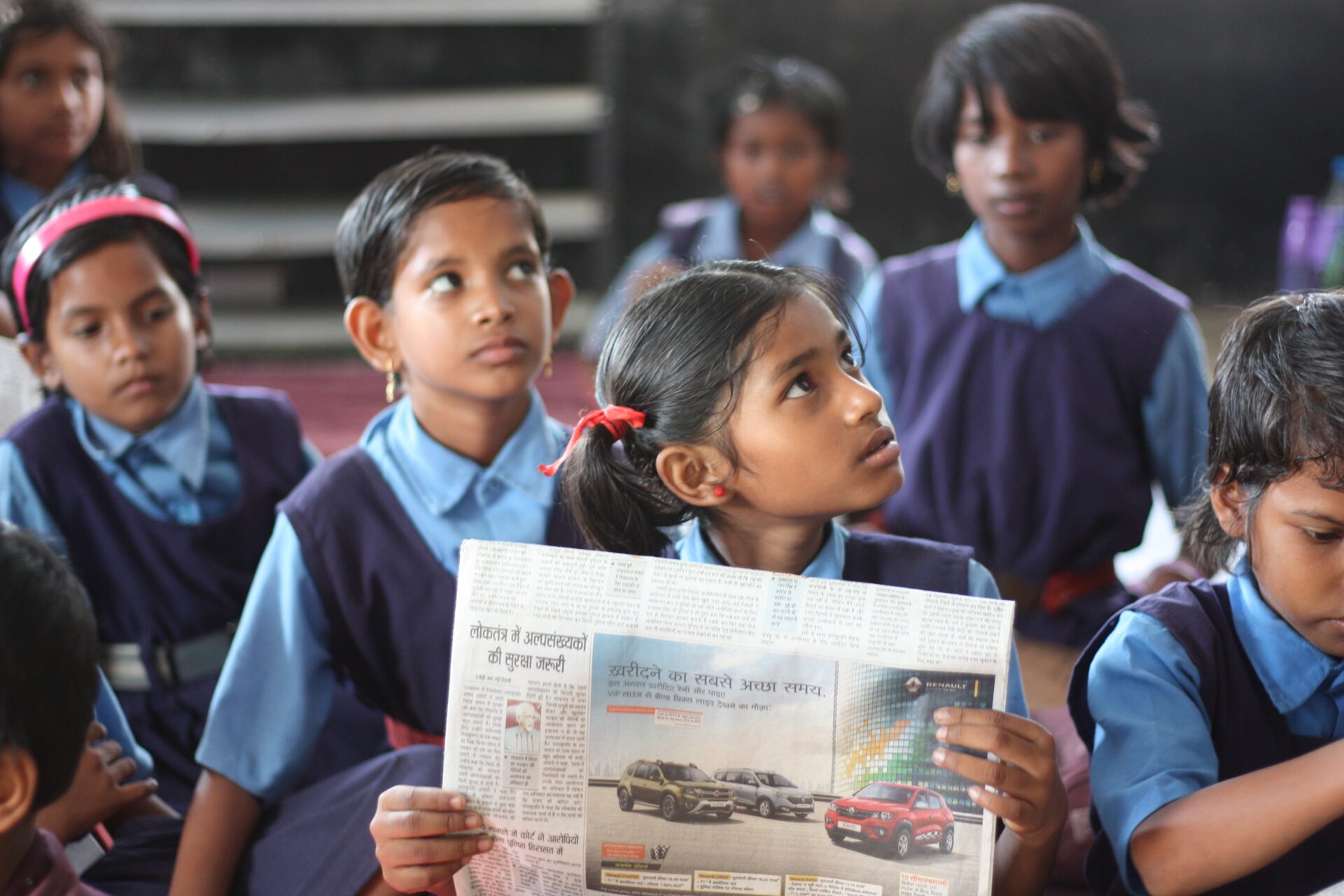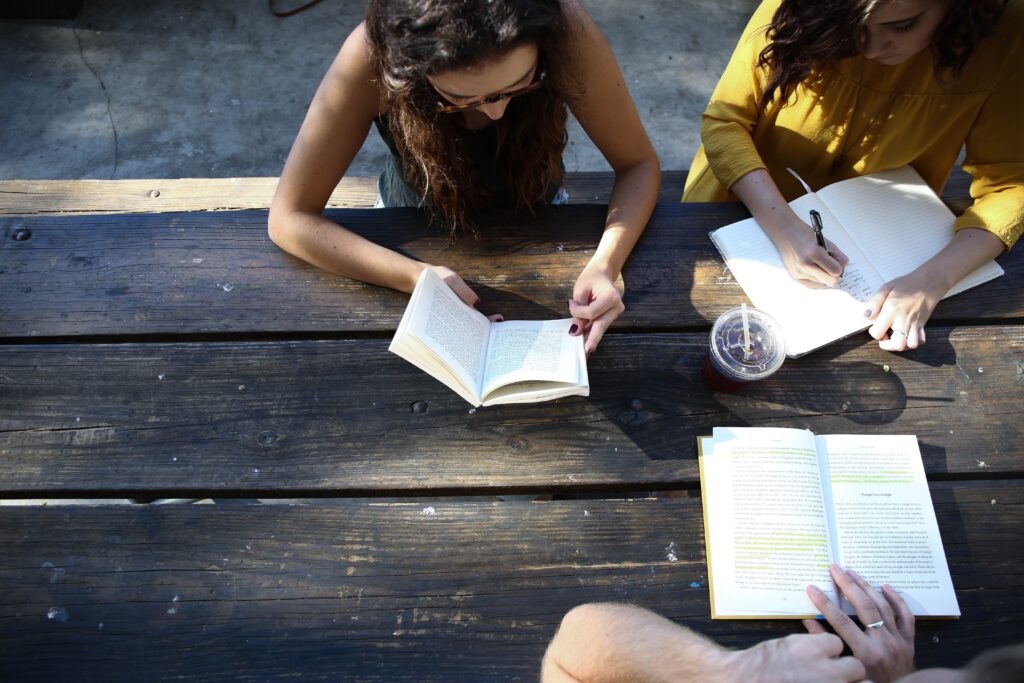Media literacy obviously is a fundamental skill for journalism students, but it’s wise not to take for granted that young journalists are media and tech savvy. The digital generation has been inundated with new technology, platforms and information sources at an incredible speed. Students need help in making sense of this communication chaos, so they can become media-literate journalists, who provide accurate and responsible news coverage — and contribute to an informed democracy.
Media literacy equips journalism students with critical thinking skills to analyze and evaluate the information they encounter in their story research. It helps them question the credibility of today’s avalanche of digital sources; build trust and confidence with their audiences who are also faced with competing and often manipulative information sources; and helps improve their technological skills by using digital research tools.
A recent survey from national advocacy network Media Literacy Now showed that 62 percent of adults never discussed media literacy-related issues in school. The vast majority, however, said they now support required media literacy education. Still, media literacy is currently under-emphasized in schools, resulting in a burden and an opportunity for media educators to focus on these skills so that future journalists can help create a more informed citizenry.
Guides & Best Practices
Association for Journalism in Education and Mass Communication
“Best Practices in Teaching Media Literacy”
This online booklet contains the winning entries of the Best Practices in Teaching Media Literacy 2019 competition, sponsored by the AEJMC’s committee on teaching.
EdTech Books
Critical media literacy guides
This resource includes several guides to teaching and learning about media literacy, including subtopics covering news source assessment; photo and image verification; and social media and website analysis.
National Association for Media Literacy Education
Core principles of media literacy education
This resource articulates the value and need for teaching news literacy and outlines best practices for educators.
Training
Project Look Sharp
A program of Ithaca College, Project Look Sharp provides resources for K–16 educators to integrate media analysis into the curriculum. The group offers hundreds of free lessons and annotated video demonstrations for use in classrooms.
News Literacy Project
The News Literacy Project offers in-person and online training for educators who want to include media literacy in their teaching and connects educators with professional journalists to speak with students. Standout resources include grade band expectations and benchmarks for news literacy – and tips for teaching it to students at all levels during polarizing times.
NewseumEd
The Newseum, affiliated with the Freedom Forum Institute, offers in-class and self-paced training videos for students and adults on various concepts, such as media ethics, First Amendment protections and spotting falsehoods.
Assistance
Several education-based organizations focus on media literacy as an important platform. Here are some groups that can help journalism educators integrate media literacy skills throughout their course load.
The National Association for Media Literacy Education is a national nonprofit organization that advocates for media literacy in school and as a basic life skill for the public.
The National Council for Social Studies offers resources and referrals to other institutions that support media literacy.
MediaSmarts is Canada’s center for news and media literacy, offering a comprehensive collection of resources for students and educators.
The Media Education Lab at the University of Rhode Island provides a large collection of multimedia teaching resources.
The American Library Association publishes free materials and videos of public presentations on media literacy-related issues.
New Literacies Alliance at the University of Kansas offers online tutorials that teach students information literacy skills. Student progress can be tracked in Canvas.
Additional Resources
University of Massachusetts Amherst
“Critical Media Literacy and Civic Learning” by Robert W. Maloy, Torrey Trust, Allison Butler and Chenyang Xu (Extensive online excerpts here)
Book
Massachusetts Institute of Technology
“The Media and Me: A Guide to Critical Media Literacy for Young People” by Ben Boyington, Allison T. Butler, Nolan Higdon, Mickey Huff and Andy Lee Roth
Book
Poynter Institute
“Survey identifies media literacy skills gap amidst rise in AI-generated contentSurvey identifies media literacy skills gap”
Article
The New York Times
Journalism and Media Literacy
Lesson plans using New York Times content
News Literacy Project
The Sift
Newsletter




